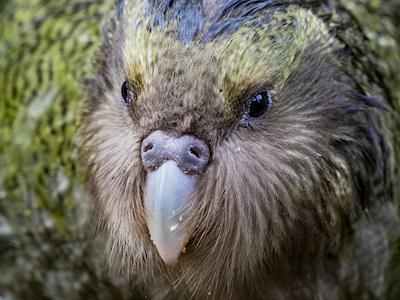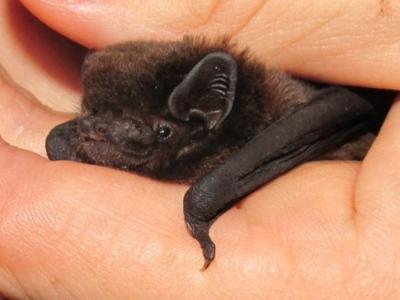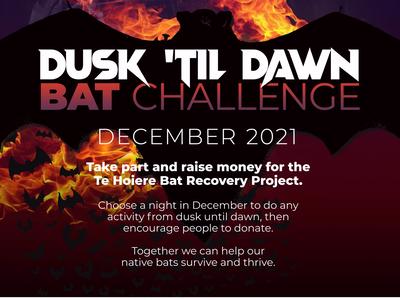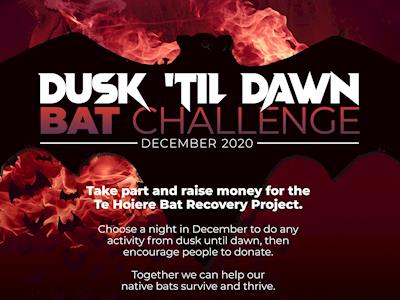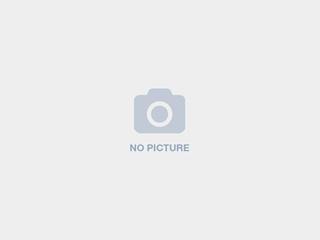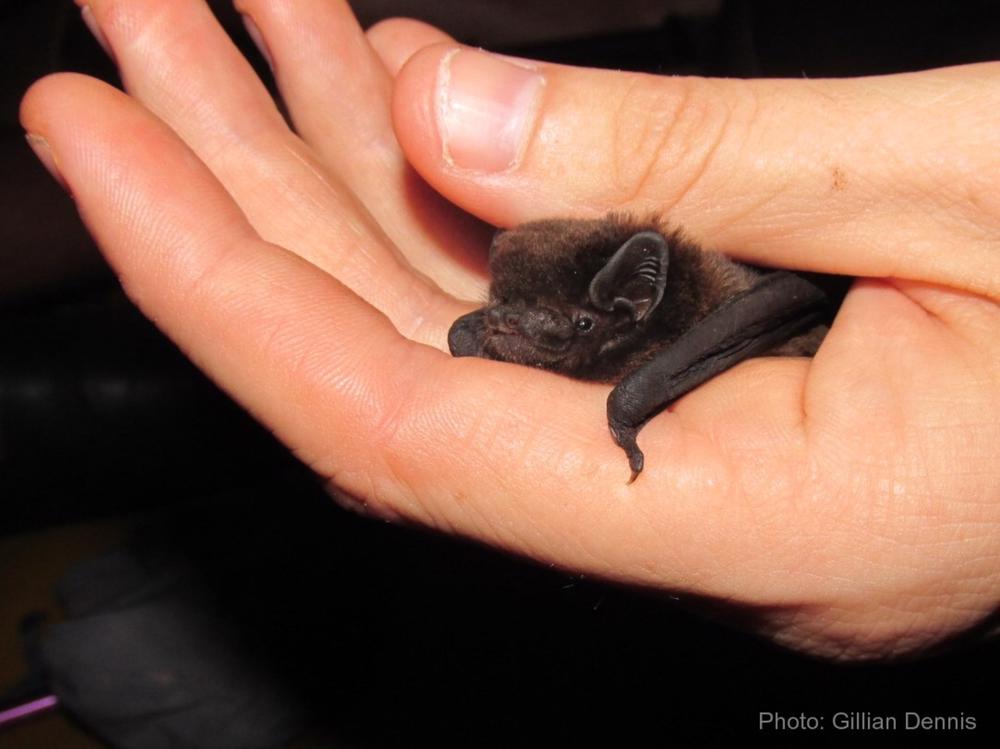
Love the night life? Help save New Zealand’s long-tailed bat
Forest & Bird is busy with a 3-year project to try to understand our long-tailed friends better to help save them. We need your help!
Nationwide

Native long-tailed bats/pekapeka were once widespread and abundant in New Zealand. Sadly, habitat loss and predation by introduced pests such as rats have reduced bat populations dramatically. Like the kakapo, they are now critically endangered. Pelorus Bridge Scenic Reserve in Marlborough is one of the few locations in the Top of the South Island where long-tailed bats are hanging on. Since 2010, volunteers from Forest and Bird’s Top of the South Bat Recovery Project have been doing predator control at Pelorus Reserve to protect and enhance the local bat population. Forest and Bird’s bat expert is currently underway with a three-year bat monitoring project to provide answers to three important questions:
Where do the bats roost?
If long-tailed bats are roosting in trees outside of Pelorus Reserve then our predator control will need to be expanded to new sites.
Is the local bat population size increasing?
If the long-tailed population is increasing it suggests that our current predator control work at Pelorus Reserve is helping to protect the bat population. If the population is decreasing it suggests that we may need to review our predator control work or to look for other reasons for the decline.
Where do the bats feed?
Long-tailed bats forage for insects on the wing over large areas, so they will fly many kilometres outside of Pelorus Reserve to feed each night. Feeding hotspots will be key sites to target for future habitat protection and restoration projects.
How will we answer these questions?
During December and January each year long-tailed bats will be fitted with miniature radio-transmitters that emit a regular pulse at half the speed of a human heartbeat. The tiny bat-signal will be detected by a team of bat-trackers on the ground using radio-tracking equipment. Long-tailed bats move to a new roost tree almost every day, so early each morning bats will be tracked to discover where they choose to spend the day after a busy night on the wing.
Some bats will also be tracked throughout the night, revealing where they prefer to hang out, where they go for a good feed and how they move from A to B. The radio-transmitter, which is glued on to the bat’s back, naturally falls off after about 10 days and does not harm the bat.
Bats will also be captured as they leave their roosts at dusk using specially designed ‘harp-traps’. Each captured bat will be given ‘wing bling’ - a tiny band with a unique ID number fitted to the bat’s forearm. This band allows each bat to be identified individually when it is captured again, and information on recapture rates can be used to estimate the population size and to work out whether the population is increasing or decreasing.
The long-tailed bat is one of only two bat species found in New Zealand – our only native land mammals. They are often overlooked because they are small, nocturnal, fast flying and live in large areas of native forest or in remnant forest patches in rural landscapes.
About us
Forest & Bird protects and restores the wildlife and wild places you love. From rolling up our sleeves and planting trees, to campaigning for greater predator control, going to court to protect freshwater and native forests - we help YOU defend nature.
Use of funds
Your generous support will contribute to the conservation of this precious bat, found only in New Zealand, by assisting with project costs such as the purchase of specialist bat-catching equipment, radio-tracking equipment and radio-transmitters.
Other page links
Latest update
Support the Pelorus Bridge Bat project in 2020 29 November 2019
As we re-open this page, the team of volunteers and Forest & Bird's bat woman Gillian Dennis, are readying themselves for another summer of studying the pekapeka at the top of the South Island.
The team have been tasked with a three-year project to try and better understand these little furry creatures to know how to protect them. As we come into 2020, they are heading out on their second summer of field research.
Support the project today and help be a voice for nature in New Zealand by donating to help protect the highly-endangered long-tailed bat.

Latest donations
Who's involved?
Our other pages
Page Q&A
Ask a question hereAny concerns?
Report this pageThank the donor
Your message will be displayed on the page and emailed to the donor.
Your new message will also be emailed to the donor.
Saving a blank entry will delete the current comment.





